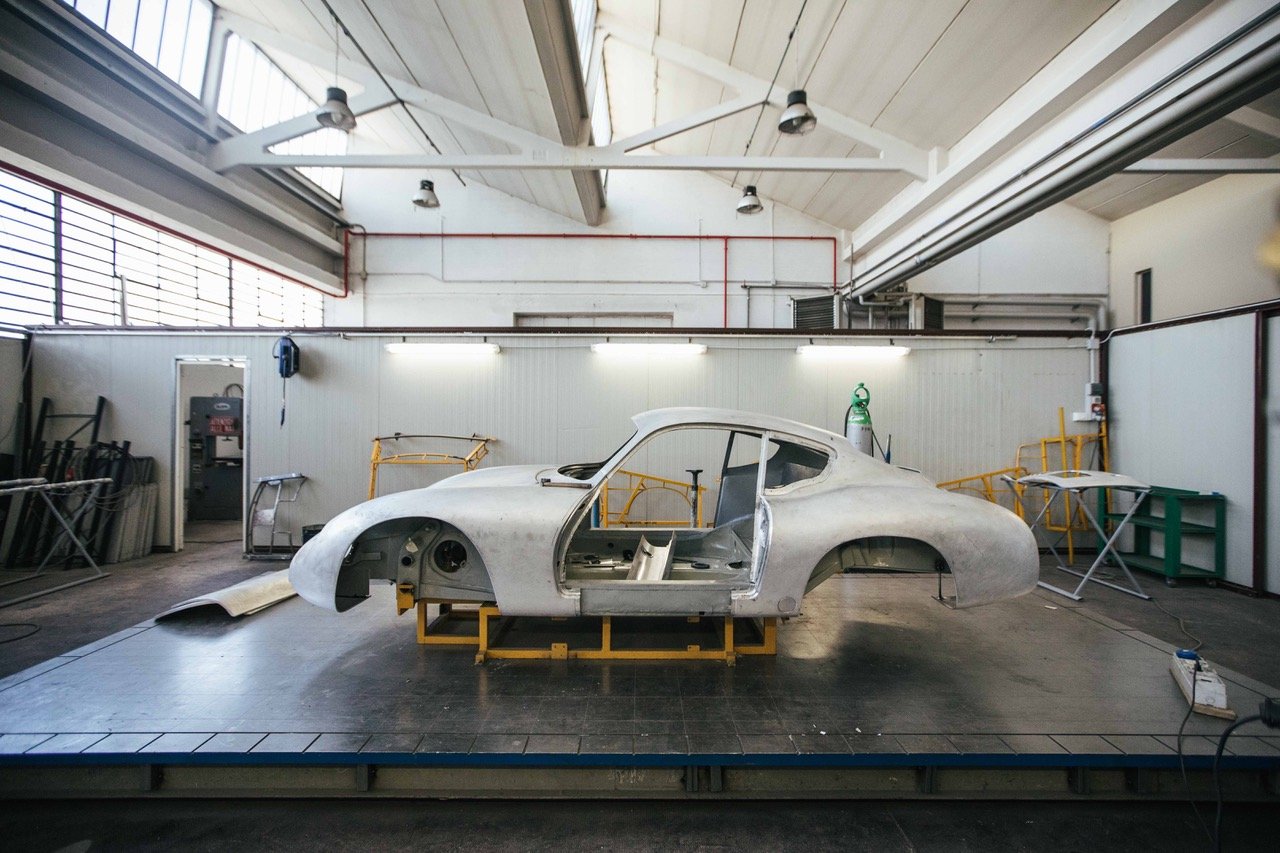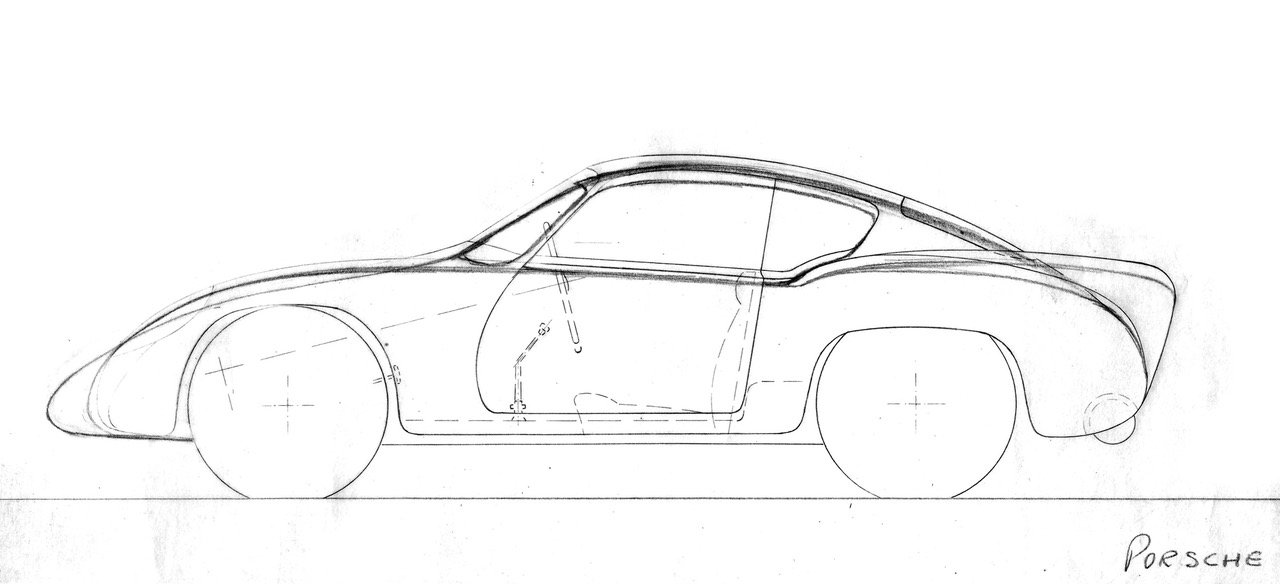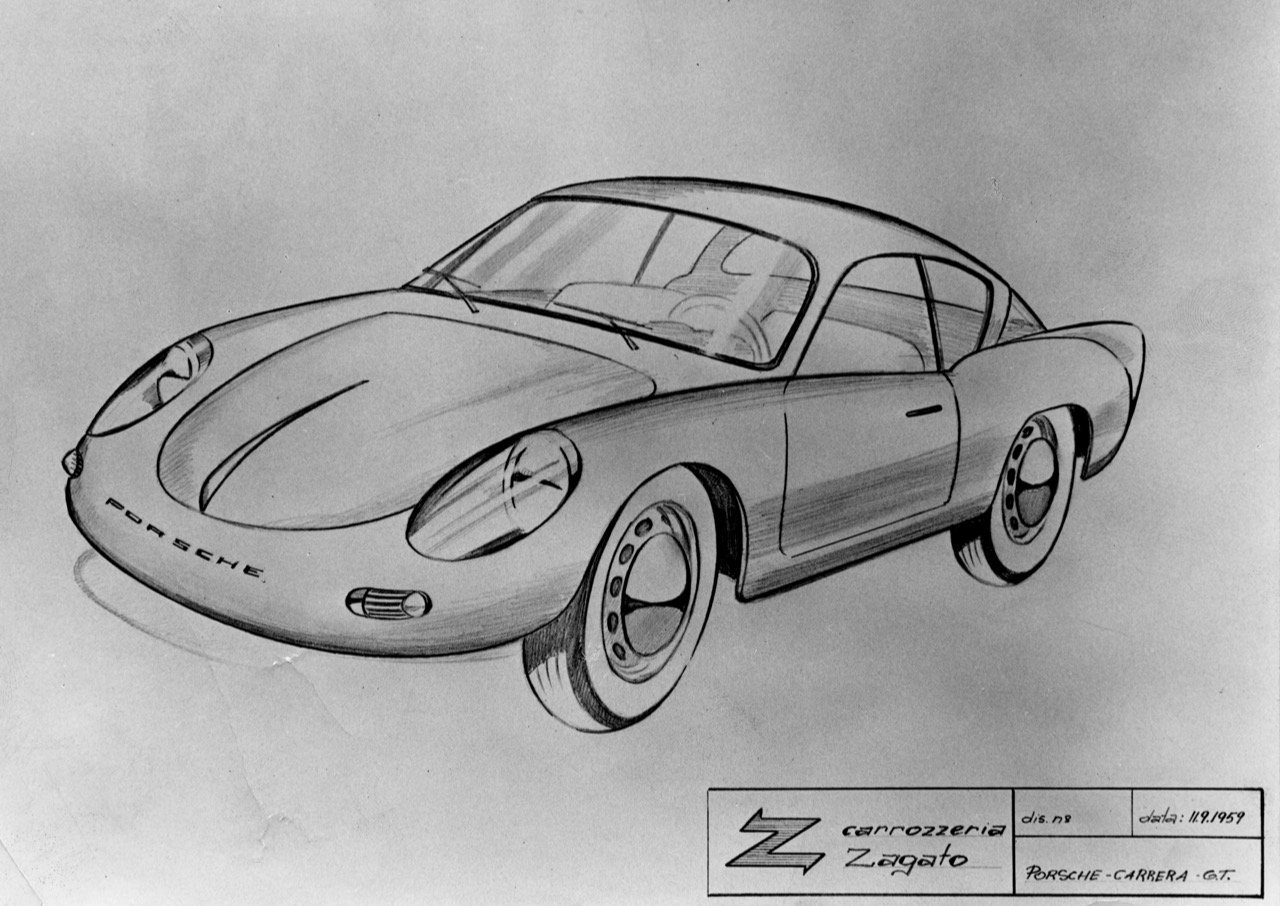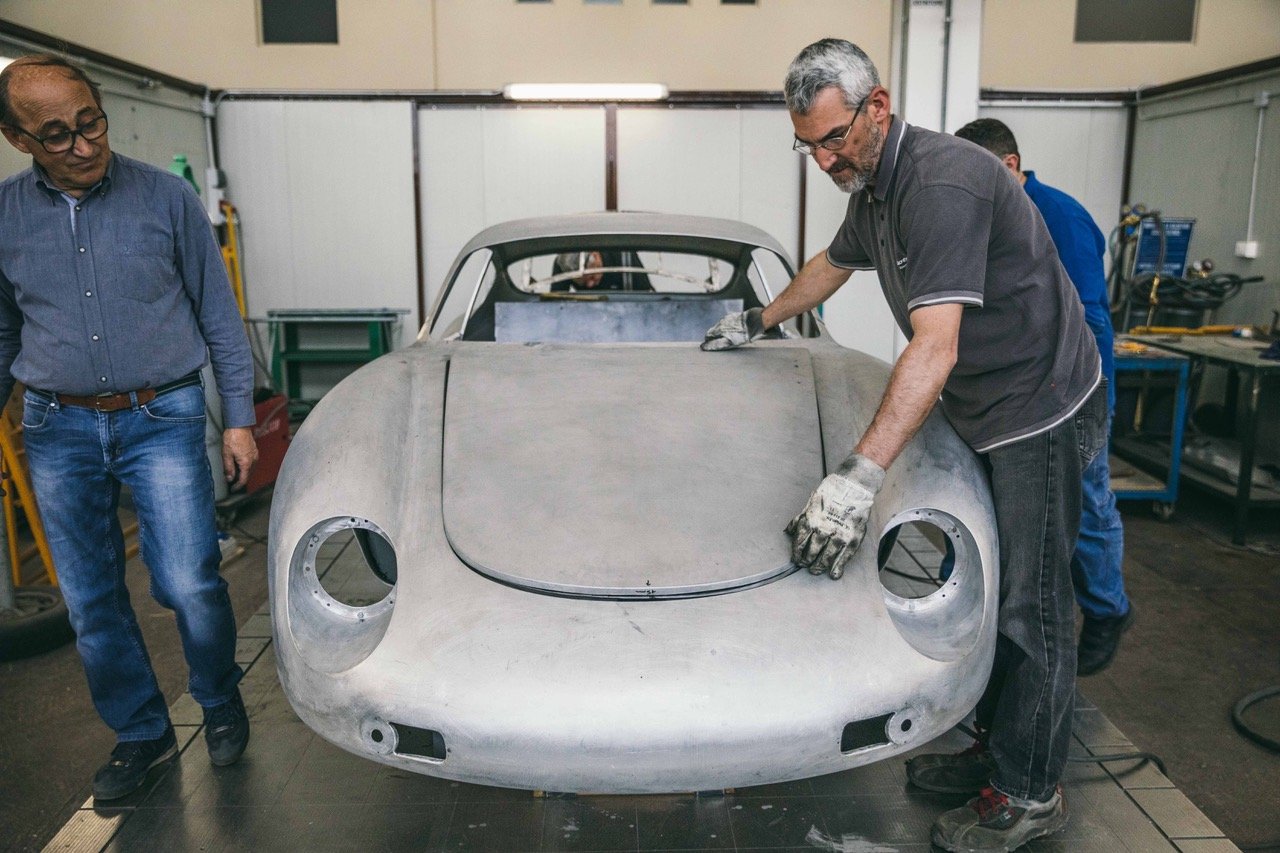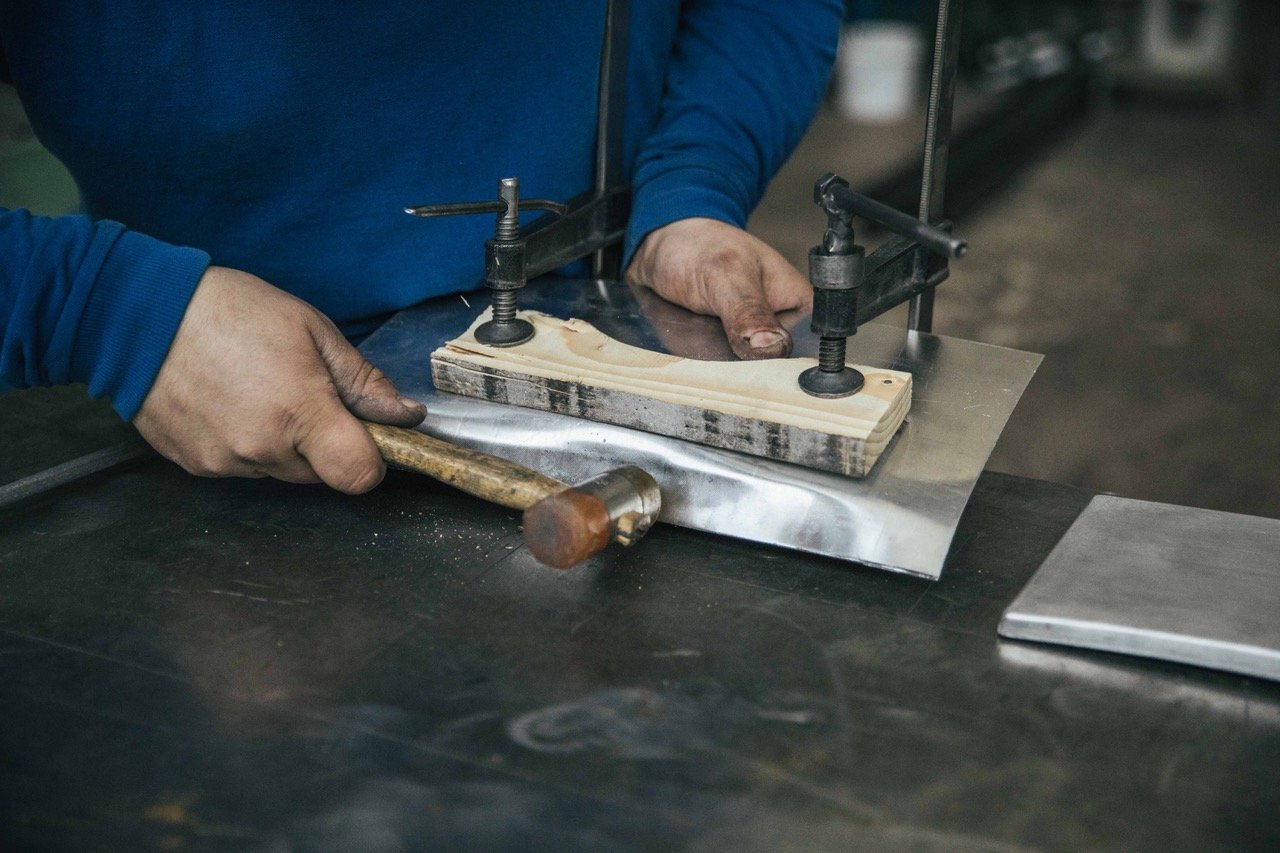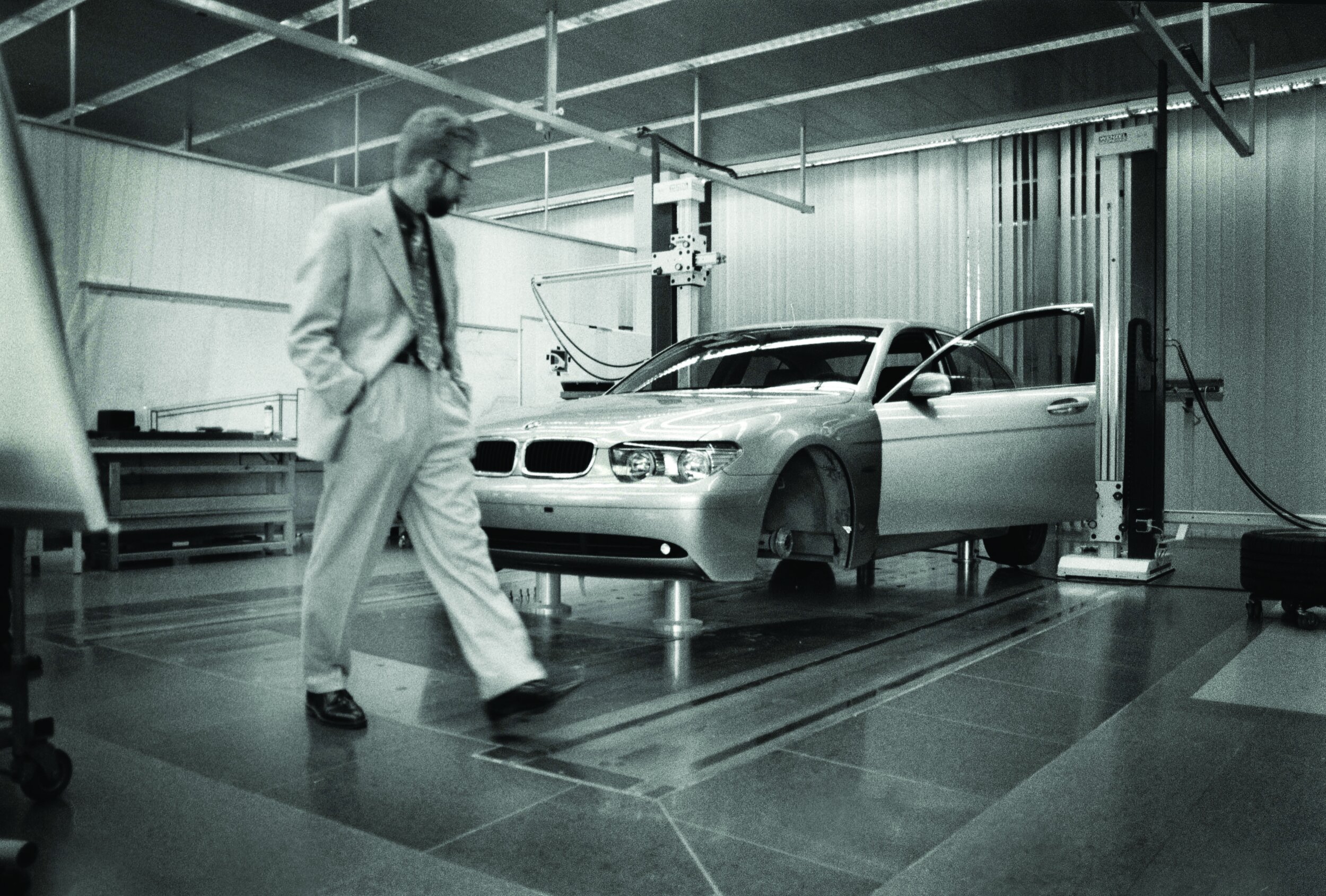Porsche 356 Zagato, A Design From 1959, Brought to life In The 21st Century.
"Actually, I just drove the car two hours ago to get some tuna," says Ben Clymer, grinning, "it's fantastic!"
I also let out a slight grin, not because I like Tuna - but because of the car. A Porsche 356 Zagato.
To the uninitiated, Zagato might sound like some sort of exotic island, but to those for whom gasoline runs in their veins, it's a name that commands the utmost respect. Being one of these people, Ben Clymer has a special love for cars that bear the Zagato nameplate. And despite being best known for his work as the founder of Hodinkee, a popular online watch publication. He is well-regarded as being amongst the brand's most ardent collectors.
Yet, it may come as some surprise that the Porsche 356 Zagato is a car even he had never heard of.
Hell, nobody had, least of all Porsche. That's right, not even them - in fact, just about anybody who'd ever known about this car had, in all likelihood, died decades earlier. Which makes it all the more inconceivable that there are currently nine of these aluminum beauties roaming the streets. One might call it a resurrection, perhaps. But the real headline is that the sketches this car was built off of are dated September 11, 1959 - and it wouldn't be until the mid-2010s that one of these would finally hit the streets.
Lost History.
The sketches in question come from the aforementioned Zagato, or Carrozziere Zagato, in English, Coachbuilder Zagato - a legend of the automotive world. Famous for its revolutionary lightweight aluminum designs, the company, founded by Ugo Zagato in 1919, was at the forefront of the racing world, which by the 1950s was dominated by such aluminum-bodied cars. And having risen to near-legendary status, Zagato remained amongst the most respected Italian coachbuilders, its customers gleefully winning race after race.
One such customer was a man named Claude Storez, who, according to Ben, "was a French kind of gentleman driver."
Storez, not one to pass up on an opportunity, came to Zagato with a damaged Porsche '356 A' Speedster. He simply asked,
"'Would you mind ripping off this body and putting an aluminum one on my Porsche?'" And so they did. Even despite Storez's eventual death in that very car, he had amassed amazing successes racing it as an aluminum version of the Porsche Speedster.
But unbeknownst to us all, at least up until 2014, was that Zagato had indeed designed another car. One they'd intended to build upon a 1950s Porsche '356 B' chassis.
Its initial discovery was surprising, to say the least. Coming in the form of a series of sketches that had been buried deep in an Italian filing cabinet for the better part of 60 years. According to Ben, "Nobody knew these sketches existed from really 1960. There were some management changes, there was a brother at Zagato that had kind of been written out of its history, and a bunch of things there from 1960 until, you know, really 2014."
The sketches themselves appeared fairly innocuous at first glance, just simple pencil drawings - the title block, though, read "Carrozzeria Zagato" "11.9.1959," "Porsche-Carrera-GT."
Coachbuilder Zagato. September 11th, 1959.
This is a crucial piece of the puzzle; the mere existence of these sketches with that date is what makes the Porsche Zagato so special. See, it's not uncommon these days for manufacturers to reach into their back catalogs for a bit of nostalgia-ridden profiteering. Aston Martin, Jaguar, and Bentley will all sell you brand-new versions of cars they stopped making decades earlier, and for a pretty penny too. These “continuation cars,” as they're called, are insanely profitable for automakers, with many reaching well into the $4 million range. Yet, there's no denying they lack the individual character and honesty of an original example.
But the Zagato is different. While yes, it was built in 2014, it remained essentially embryonic for the better part of a century; the sketches are clear-cut evidence. Zagato calls this "Sanction Lost," an apt name, I believe. Think of it as a long-lost album - something written in 1959 but performed for the first time 55 years later; pretty cool if you ask me.
And, apparently, Zagato thought so too, as they announced in 2014 that they'd be making nine of these cars and one speedster to commemorate the one Claude Storez died in all those years ago.
Building a Zagato.
It must be stated that at Zagato, one does not merely flip a switch to restart some production line. These cars are hand-built in the truest sense of the word and were brought into existence by nothing more than hammers and sheets of raw aluminum. These photos are of Ben Clymer's Zagato as its body nears completion. One look tells you all you need to know, there are no machines stamping out millimeter-perfect body panels here. No, instead, all you see are people and their tools.
It's a very human thing, really. Such products embody the spirit of those who create them and their eccentricities too. Nothing is perfect on a handmade car; the door on one Zagato, for instance, is a 0.5 inch longer than on the other side, and because each panel is shaped by hand, no two are ever truly alike.A quick collection of H3’s
A Spaceship.
The resulting vehicle is a car my mother would describe as "cute" and one that I would describe as fascinating. I've had the privilege of seeing Spike Feresten's silver Zagato in person, and to say it stuns would be an understatement of the first degree. It's hard to make a half-million-dollar Porsche 356 look pedestrian, but the Italian-bodied Zagato does just that!
Its lack of front grille, low cowl, and prominent bug-eyes makes it uniquely recognizable as a Porsche. But instead of the usual purposeful, mature styling, there is now a smattering of Italian flair and, dare I say... showmanship.
This decidedly altered personality has a charming infantility to it, free from the legacy that any Porsche would have to contend with soon after - an endearing byproduct of being designed in an era that predates Porsche's days as a behemoth.
Consequently, it is not surprising that all nine owners of these cars and the few I spoke with are all seasoned collectors, with many a Porsche between them. The Zagato is only truly appreciated when understood in full view of Porsche's history; to those who know, it is indeed a missing link in the company's legacy. But both Spike Feresten and Ben Clymer were emphatic that Porsche's blessing over this project was imperative to its appeal, and while this may baffle some, it is entirely reasonable.
At a starting price of $350,000 (donor car not included), the Zagato is hardly cheap, but with Rolls Royce SUVs creeping into that territory, one begins to appreciate the Zagato as rather good value for money. Sure, for your $350,000, you don't even get a car, and the donor 356 Porsche you'd have to buy runs about another $100,000, but, really, who cares?
The people buying this car understand that they are, to some effect, participating in history. A dream come true for any true Porsche fan and doubtless an opportunity few will ever come across in their lifetimes.
But more than anything, the Zagato embodies a story of unfinished business. And there is no doubt that all nine lucky owners feel this story every time they get behind the wheel. The best cars, after all, embody a human spirit, transcending from inanimate objects to living, breathing things with histories, stories, and human personas all their own.
In that vein, the Zagato appears almost as a teenage throwdown to what an early Porsche road car could be; its flamboyance and sheer unadulterated beauty takes you to another time, an alternate reality - a ludicrous departure from today's Porsches. So refined and mature in their styling that the Zagato appears as a spaceship, dainty and youthful, it leaves one wondering, "what could have been?"
Continue Reading
